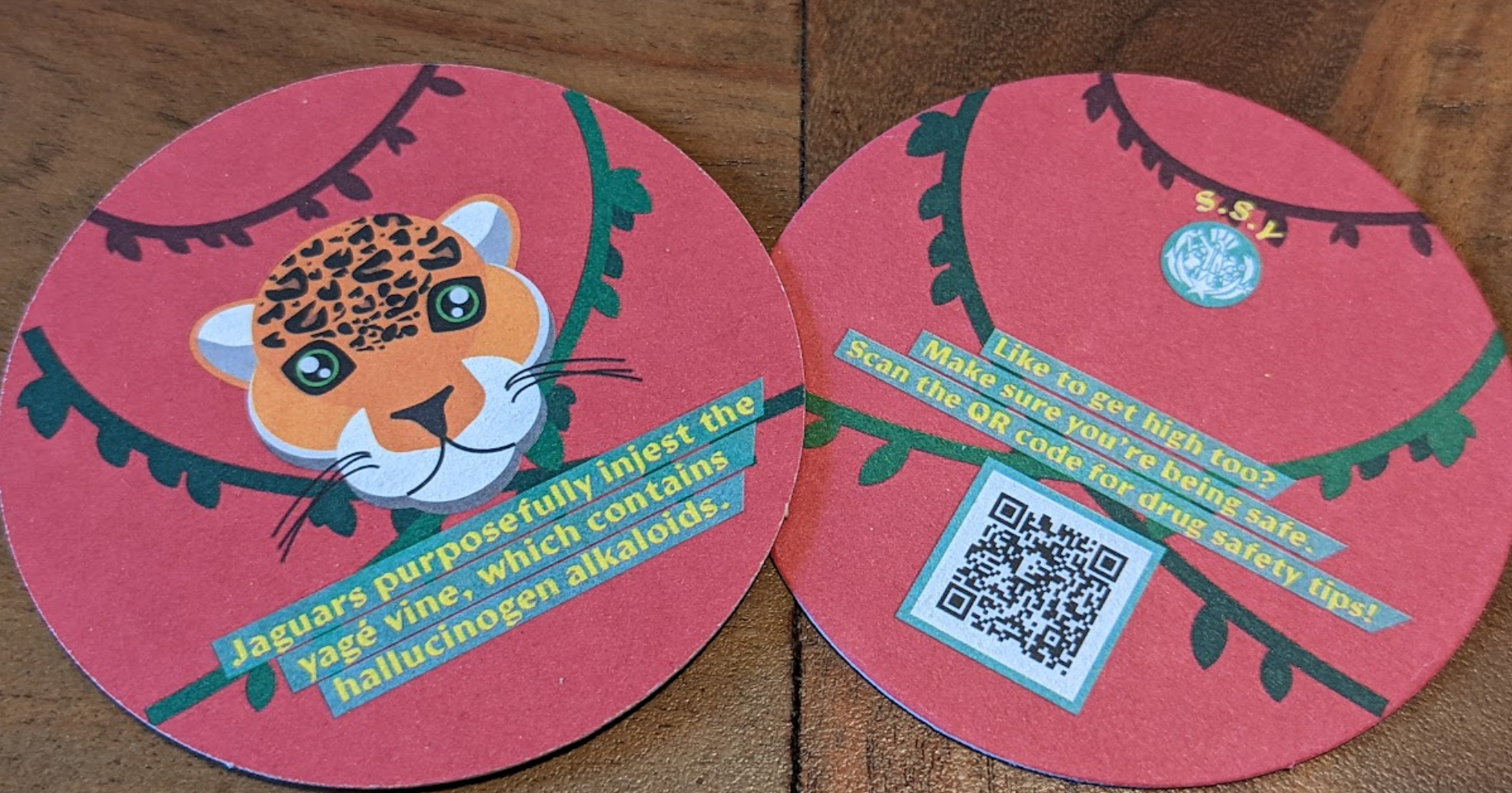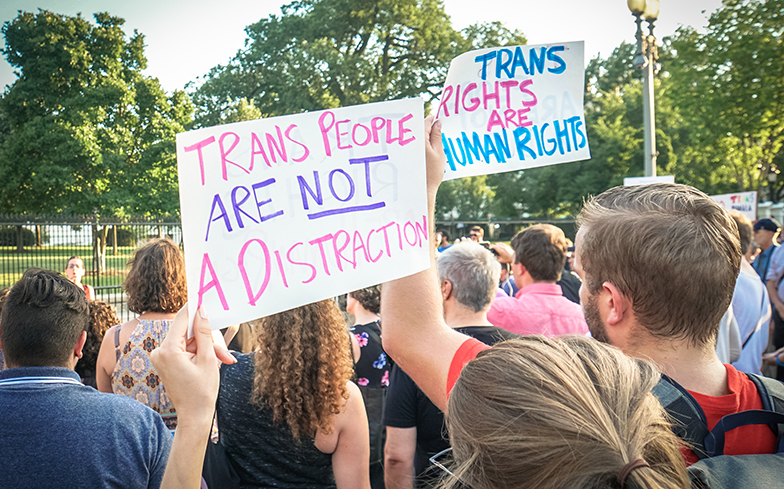Raptors, also known as Birds of Prey, are hypercarnivorous bird species. In Scotland you can find eighteen different species including Golden Eagles, Peregrine Falcons, and Ospreys. While often a pleasant sight while walking down a country lane, or through a local wood, raptors have historically faced immense persecution.
White-tailed eagles, or sea eagles, for example, faced intense persecution over centuries resulting in the last individual in Scotland being shot in 1918 in Shetland. This persecution was driven largely by fears that the eagles were a threat to fish stocks and agricultural livestock, i.e. it was driven by material interests. These interests are still present today and as such the persecution of raptors continues.
According to the RSPB, between 2009 and 2023, there were 1529 confirmed incidents of raptor persecution and 5436 probable but unconfirmed incidents. This doesn’t include the many incidents which have gone unreported or entirely unnoticed. This persecution is directly linked to how land is managed and for what purpose, as 71% of individuals convicted of crimes related to raptor persecution were employed as gamekeepers by estates.
Raptors which live near managed grouse moors have reduced nest success, reduced survival, earlier age of first breeding (suggesting the disappearance of mature adults), and are more likely to vanish while being satellite tracked. The targeting of raptors by gamekeepers is due to their tendency to predate upon game birds such as red grouse, reducing their populations and threatening the estate’s profits if they can’t provide enough sport for their clients.
As there was historically, a tension also exists between birds of prey and agriculture. Larger birds of prey, such as white-tailed eagles, have the tendency to prey on livestock, especially sheep and lambs. One of the methods of persecution is to poison bait, often the carcass of another bird, in the hopes that a raptor will scavenge it. Not only does poisoning pose a threat to birds of prey, but also any animal which interacts with the bait, including dogs or potentially humans.
Despite clear evidence that raptor persecution is an ongoing issue which threatens efforts to conserve our Birds of Prey, punishment for responsible parties has been lacking. Despite, as previously mentioned, there being 1529 confirmed incidents of persecution, there have only been 62 prosecutions. Of these 57 have led to conviction, of which only one involved any time in prison.
The immediate solution to this is quite clear, stronger legislation to protect raptors and greater resources being directed towards enforcement. A stronger effort on the part of the Scottish Government to educate on the important role raptors have to play in the conservation and restoration of Scotland’s ecosystems. In the long term however, a much more efficient solution would be to weaken, or entirely remove, the interests which drive raptor persecution.
In the case of agriculture this is a difficult task to say the least. Unless the farming of animals is totally abandoned as a practice, which isn’t likely to happen soon, then there will continue to be tension between agriculture and raptors. The best solution would be public ownership of farms to ensure they are managed so as to not target birds of prey, but even this isn’t a guarantee that there will be no individual instances of persecution.
When it comes to game estates things become much simpler. Grouse hunting is a niche hobby for the wealthy which takes up land which could be used for other purposes and is harmful to the environment. These estates should become public property, in one form or another, and should be restored to a more natural state to support conservation efforts. Not only will this be good for people and nature generally, but will play a role in ending the centuries old persecution of our birds of prey.
Featured Image Credit: Wikimedia Commons








